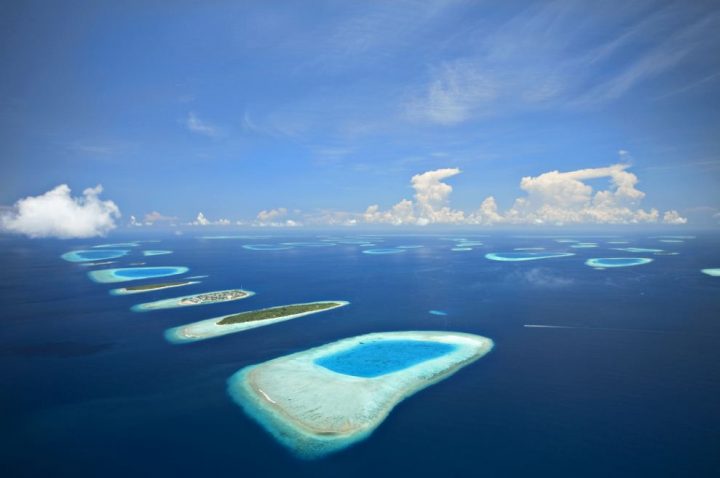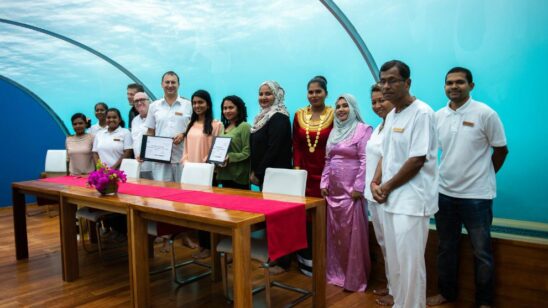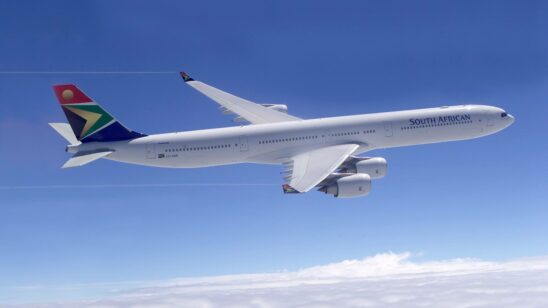
Proof in numbers: the Maldives hotel market is back on the rise
[vc_row][vc_column][vc_column_text]If you’re a hotel operator, having a thorough understanding of your property’s occupancy and revenue performance is fundamental to your business’ success. A wealth of information can be gained from examining how your hotel’s key performance indicators trend over time, especially when this is done in tangent with competitive benchmarking against your rival hotels. By studying these insights, you can make more informed, data-driven decisions in your pricing strategy to help you capture greater market share.
The hotel industry is complex. In the digital age, we find ourselves constantly adapting to new ideas as well as economic, political, cultural and environmental factors. The Maldives hotel sector is no exception to this, but with tourism on an upward trend, it’s an exciting time to be working in this market.[/vc_column_text][/vc_column][/vc_row][vc_row][vc_column][vc_single_image image=”19689″ img_size=”full” alignment=”center” onclick=”link_image”][/vc_column][/vc_row][vc_row][vc_column][vc_column_text]Following two years of decline, the Maldives hotel market experienced revenue per available room (RevPAR) growth in 2017. Although rates remain below historical peaks, this is an encouraging sign for hotel operators around the islands.
During the first six months of 2018, occupancy rose 2.3% and average daily rate (ADR) increased 1.6%, ultimately helping RevPAR grow 3.9%. Strong performance in the first half of 2018 was supported by the strong Q1 pickup for Maldives as demand increased by 9.7%, the highest for a Q1 since 2010.
According to the Maldives’ Ministry of Tourism, in the first five months of 2018, the country welcomed more than 630,000 international visitors, a 10.6% increase compared with January to May 2017. Europeans represented the largest share of arrivals (54.0%) and the highest rate of growth (+17.4%) from any region during this period. Tourism in the Maldives is proving to be resilient, despite ongoing political tensions, and hotel demand was up 4.9% in the first six months of the year. The effect of domestic political tension was seen in April and May 2018 (-0.2% and -6.1%, respectively). But demand rebounded in June 2018 (+3.3%), despite this typically being the low season in Maldives.[/vc_column_text][/vc_column][/vc_row][vc_row][vc_column][vc_single_image image=”19690″ img_size=”full” alignment=”center” onclick=”link_image”][/vc_column][/vc_row][vc_row][vc_column][vc_column_text]Following two years of decline, the Maldives hotel market experienced revenue per available room (RevPAR) growth in 2017. Although rates remain below historical peaks, this is an encouraging sign for hotel operators around the islands.
During the first six months of 2018, occupancy rose 2.3% and average daily rate (ADR) increased 1.6%, ultimately helping RevPAR grow 3.9%. Strong performance in the first half of 2018 was supported by the strong Q1 pickup for Maldives as demand increased by 9.7%, the highest for a Q1 since 2010.
According to the Maldives’ Ministry of Tourism, in the first five months of 2018, the country welcomed more than 630,000 international visitors, a 10.6% increase compared with January to May 2017. Europeans represented the largest share of arrivals (54.0%) and the highest rate of growth (+17.4%) from any region during this period. Tourism in the Maldives is proving to be resilient, despite ongoing political tensions, and hotel demand was up 4.9% in the first six months of the year. The effect of domestic political tension was seen in April and May 2018 (-0.2% and -6.1%, respectively). But demand rebounded in June 2018 (+3.3%), despite this typically being the low season in Maldives.[/vc_column_text][/vc_column][/vc_row]





